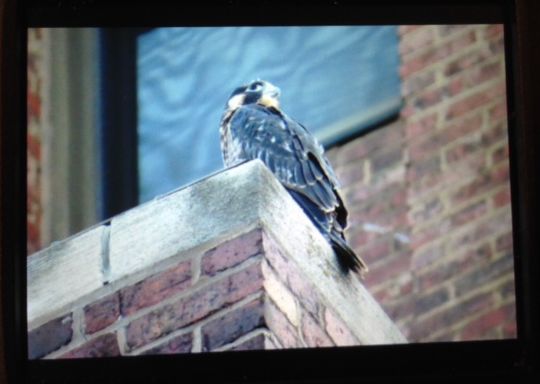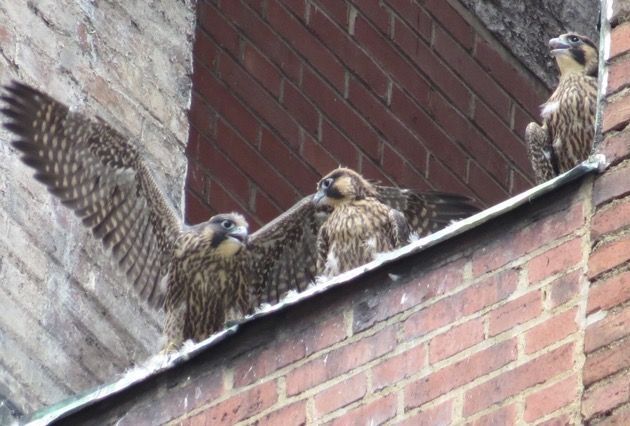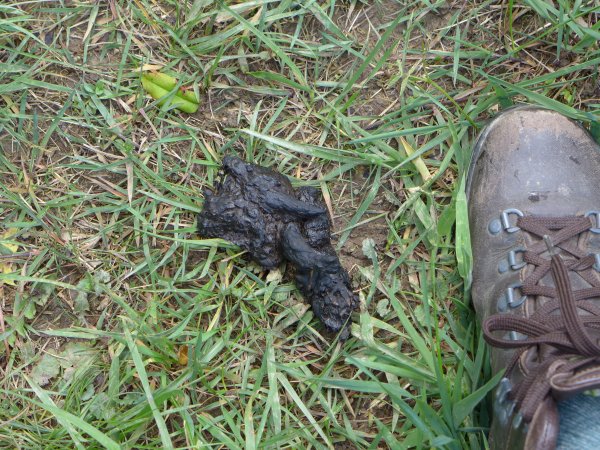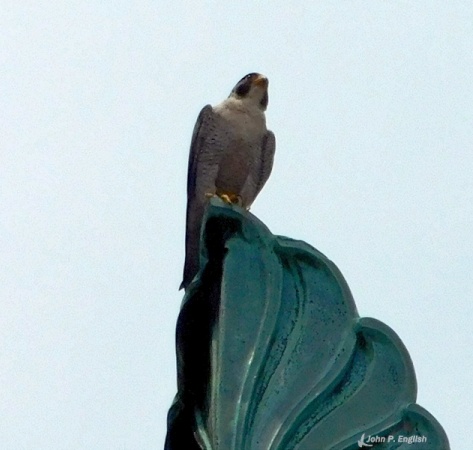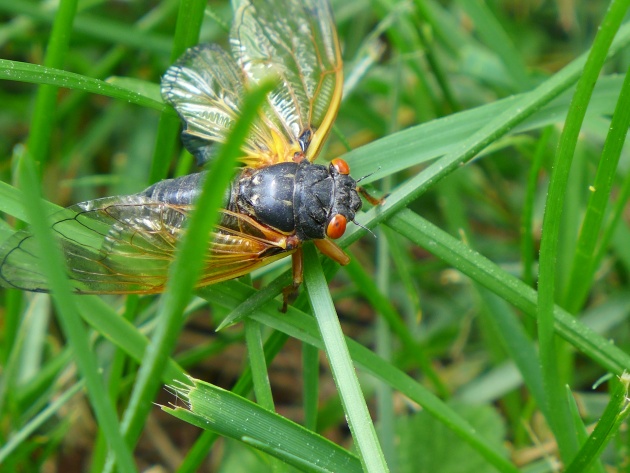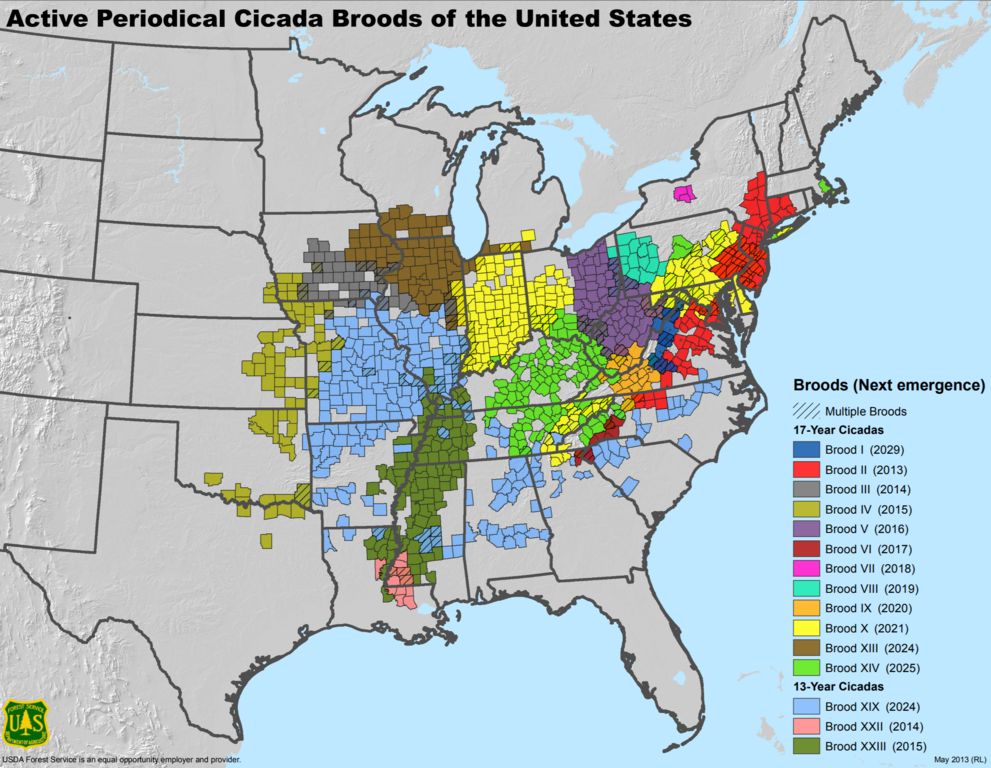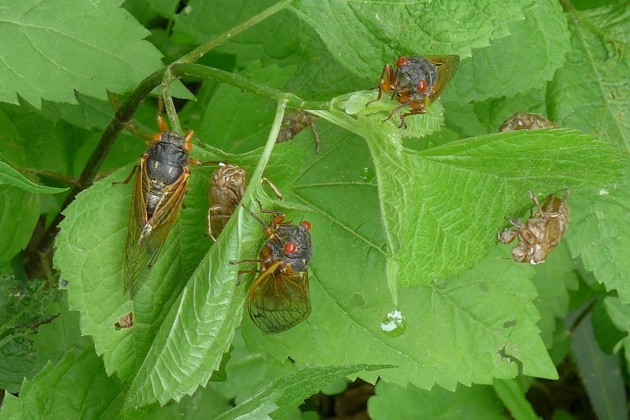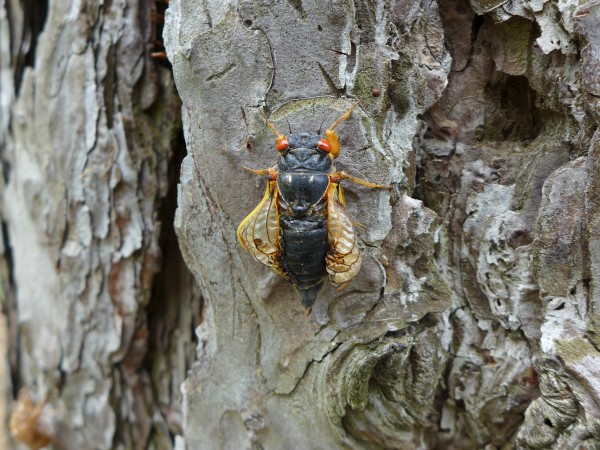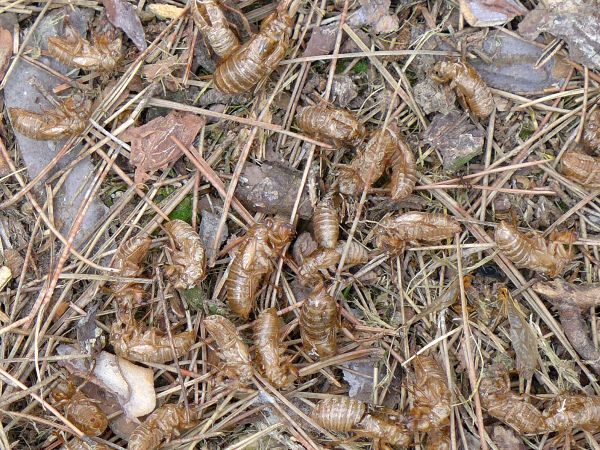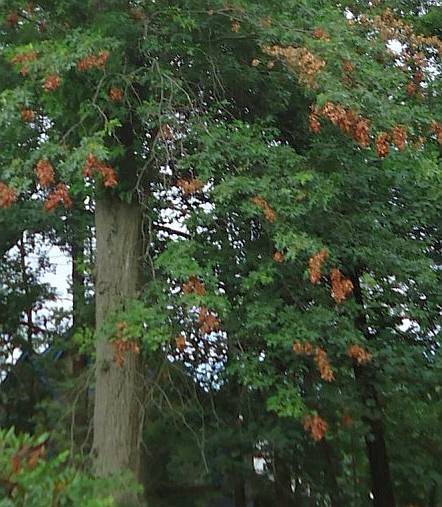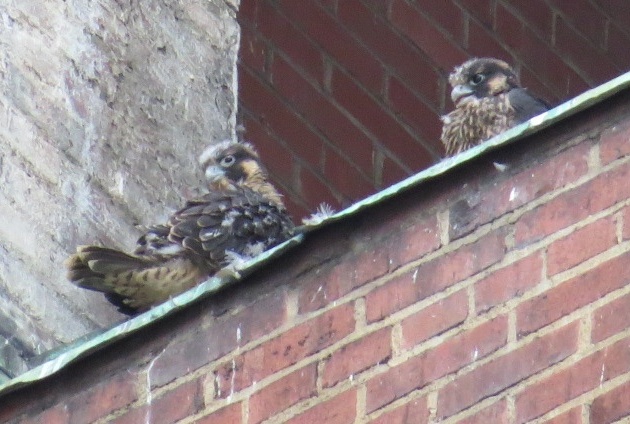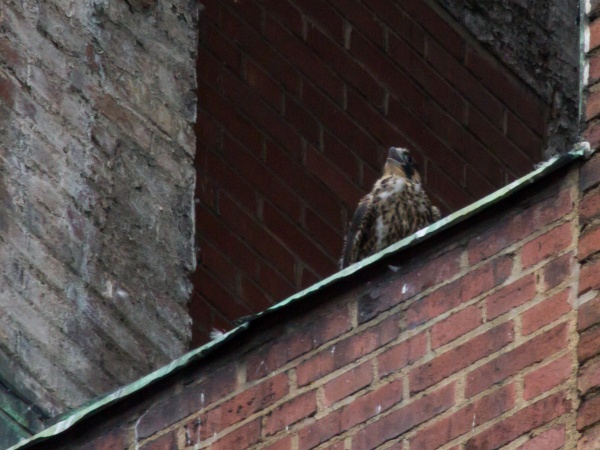
UPDATED ON 5 MARCH 2018:
Did you know there are 10 places to watch peregrine falcons in western Pennsylvania? Here’s where to find them from March to early June.
1. Downtown Pittsburgh (map of viewing location): Only one pair of peregrines owns all of downtown Pittsburgh where they’ve nested since 1991, originally at the Gulf Tower, sometimes on Third Avenue. As of February 2018 we’ve confirmed that the Downtown parents are still Dori (Akron, OH, 2007) and Louie (Pitt, 2002). When they nest at the Gulf Tower we can watch them on the National Aviary’s falconcam. Click here for Third Avenue site information.
2. Cathedral of Learning, University of Pittsburgh (map of viewing location):
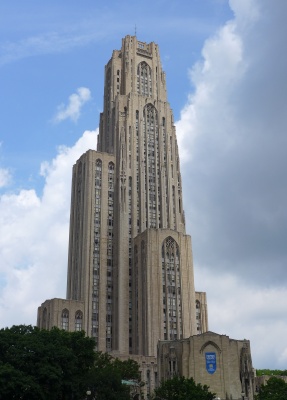
The Cathedral of Learning has been home to a pair of peregrines since their first nesting attempt in 2001. This year the continuing adults are Hope (Hopewell, VA, 2008) and Terzo (Cincinnati, OH, 2013). Visit the National Aviary Cathedral of Learning falconcam or Schenley Plaza to watch.
3. Westinghouse Bridge (map of viewing location):

The Westinghouse Bridge carries Route 30 over Turtle Creek and has been home to peregrine falcons since at least 2010. In 2016 the male was confirmed as George (Cobb Island, VA, 2006), paired with an unbanded female. In 2017 the couple was so secretive that we didn’t know they’d nested until a begging juvenile was seen in July. The best place to watch is on Elder Street underneath the E.Pittsburgh-McKeesport Bridge.
4. McKees Rocks Bridge (map of bridge location):

Peregrine falcons have nested at the McKees Rocks Bridge since at least 2008 but their nest is hard to find because the bridge is so big. During the nesting season watch for peregrines perched on the bridge or on power towers on either side of the river. Viewing locations are a challenge. Let us know if you find a good one.
5. Neville Island I-79 Bridge (map of viewing locations):

This bridge has been home to peregrines since at least 2012 when a fledgling was found swimming in the Ohio River below. In 2015 the pair was confirmed to be Beau (Pitt, 2010) and Magnum (Canton, OH, 2010). Their nest is always over the center of the river. Watch from these viewing locations.
6. Monaca-E.Rochester -or- Monaca-to-Beaver RR Bridge (map of viewing area):

Only one pair of peregrines owns the Beaver-Monaca-East Rochester territory but they move their nest year to year. Some years it’s high on the big black railroad bridge from Monaca to Beaver. Other years it’s under the deck of the Monaca-East Rochester Bridge that carries Rt 51 over the Ohio River. You can see them on the railroad bridge if you use a scope at the Rochester Riverfront Park. At the Monaca-East-Rochester Bridge, use these viewing locations.
7. Tarentum Bridge (map of viewing location):

Peregrine falcons have nested at the Tarentum Bridge over the Allegheny River since at least 2010. Because the nests were in cubbyholes over open water a nest box was provided in early 2015. In 2018 the male was confirmed as 48/BR (Westinghouse Bridge, 2014). His unbanded mate is distinctive because of the many dots on her chest. Watch them from the Tarentum public boat launch.
8. The Graff Bridge, Kittanning Route 422 (map of bridge):

In Armstrong County a pair of peregrines nests on the Judge Graff Bridge that carries Route 422 over the Allegheny River near Kittanning. If you know of a good viewing location, please leave a comment with the answer.
9. Elizabeth Bridge, Route 51, Allegheny County (map of viewing location):

Peregrines have been seen off and on at this bridge that spans the Monongahela River since 2015, most recently on 4 March 2018. The photo above shows the best viewing location at Elizabeth Riverfront Park in Elizabeth, PA.
10. Erie, PA Waterfront (map of viewing location):
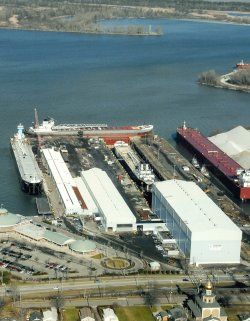
Peregrines have been in Erie, PA for at least five years but no one knew where they nested until a fledgling was found inside the Donjon Shipyard building in 2014. Nomad (Cleveland, 2008) and an unbanded female are nesting inside the big white building pictured above. You can see them perched nearby or flying in the vicinity from this viewing location.
Early June is a great time to watch peregrine falcons in western Pennsylvania. It’s time to get outdoors.
(photo credits:
Downtown Pittsburgh, Cathedral of Learning, Westinghouse Bridge, Tarentum Bridge by Kate St. John
McKees Rocks Bridge, Neville Island I-79 Bridge by Robert Stovers via Wikimedia Commons
Monaca-E.Rochester Bridge by PGC WCO Steve Leiendecker
Judge Graff Bridge by S.Lukens via Wikimedia Commons
Donjon Shipbuilding linked from donjonshipbuilding.com)
